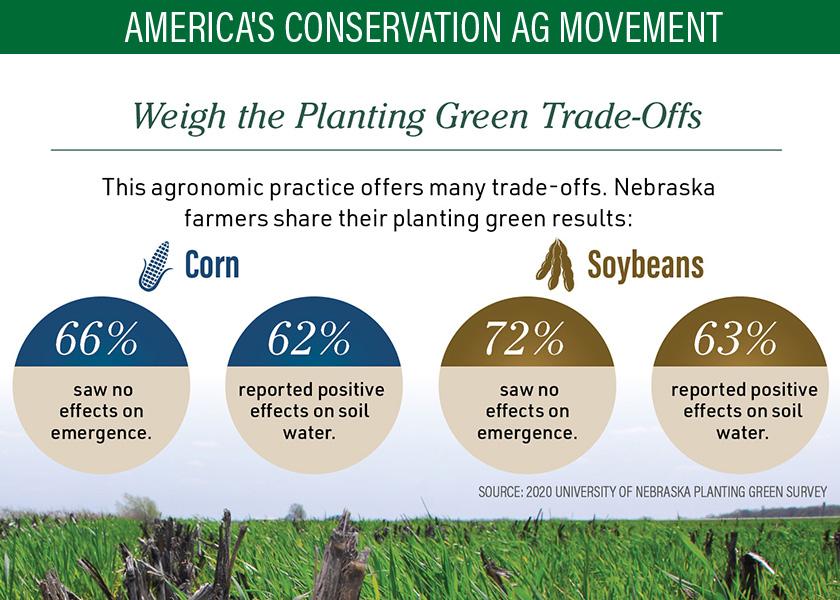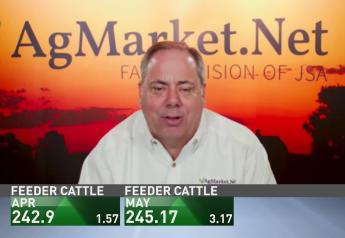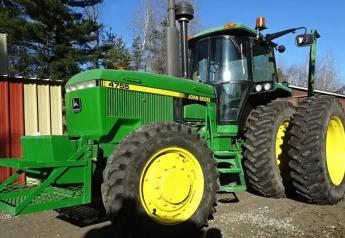Success Tips for Planting Green into Cover Crops

Maximize your cover crop investment this spring
Traditionally, farmers assumed they must kill their cover crop before planting cash crops. But the longer you let a cover crop grow, the more benefits you can harvest.
Enter the ‘planting green’ concept. This strategy means corn or soybeans are planted directly into a growing cover crop (most often rye or wheat) without killing it first, explains Jenny Rees, University of Nebraska Extension educator.
“The reasons for doing this include erosion control, managing weed populations, and obtaining more cover crop growth for the cost of planting it,” Rees says.
To reach these benefits, follow these considerations for planting green.
Create a uniform field of cover crops.
At planting, aim for a consistent seeding of cover crops, suggest Brian Hora, a farmer from Washington, Iowa. He and his son, Mitchell, have been trialing cover crops on their farm since 2016.
“Uniform growth helps the planter or drill run through it better,” he says. “We have planted into cover crops that are 10” tall to ones that are 5’ tall. We have found it tends to be easier planting into green grasses than something that has been terminated already.”
Assess your fertility needs.
If you are planting corn into rye or wheat, apply nitrogen in a starter fertilizer in furrow or 2X2, Rees says. This will help you overcome the nitrogen tie up factor.
Be ready to irrigate.
“If you have irrigation available, make sure your irrigation system is ready to go in case the rye or wheat adds more growth than you were planning on; you may need to put on ½ to 1 inch to allow corn or soybeans to germinate,” Rees says.
Review your crop insurance guidelines.
The Risk Management Agency has different cover crop termination guidelines for different zones of the country, Rees says. Review those for your area.
Time your termination.
The general recommendation for termination is after your cash crop germinates. The Horas tend to plant corn into green standing cover crop when it’s 6”-12” tall. Then they terminate the cover crop soon after. For soybeans, they won’t terminate the cover crop for multiple weeks, dependent on when moisture is in the forecast and what moisture is in the soil.

Learn more about the 2020 University of Nebraska Planting Green Survey







